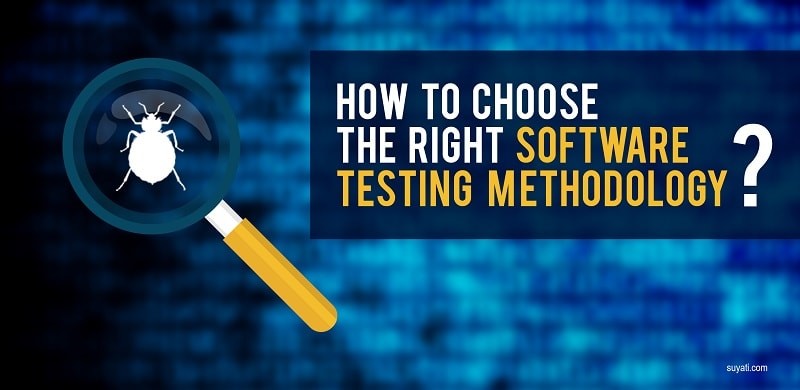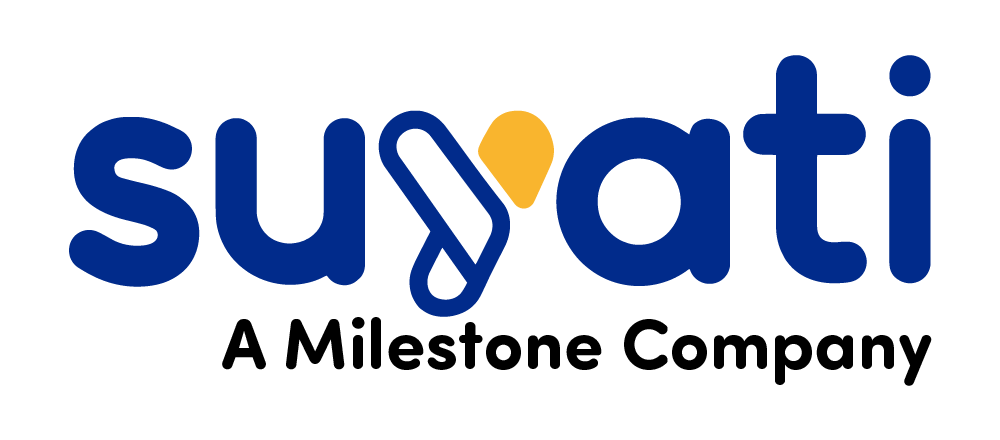
Testing is an important part of all software projects, and choosing the right methodology is an essential decision that should be finalized before the start of the project. Here’s a quick look at some popular types of software testing models:
Waterfall: In this methodology, the focus is on sequential development that moves through the phases of analysis, design, development, testing, implementation and maintenance. It is based on the premise that the requirements of the project are clear right at the beginning of analysis. While test documentation is written at the early phase of the project, the actual process of testing happens only at the end of the development phase.
V-model: The V-model methodology is a variant of the Waterfall model, where the basic phases remain similar but different levels of test cases such as unit tests, integration tests, system tests and acceptance tests are written at each earlier level similar to the ones mentioned above. This method is not as rigid as the Waterfall model.
Spiral: This model of testing places a lot of emphasis on risk analysis and evaluation at each stage of the project. The test cases are designed accordingly before moving on to the next part of the spiral. This article provides more information on this model.
Agile: The agile methodology is one of the current buzzwords in development, and has gained a reputation for being adaptive and responsive to customer needs. The testing model of the same name also functions in a similar manner with being able to cope with changing requirements, and providing a communicative interface between not just all the project teams but with the customer as well.
After that short introduction to the testing methodologies, let’s move on to the criterion that should guide you in choosing the right one for your project:
Size of project: A large project that is developed over a longer timeline might be closely linked to and even dependent on a lot of documentation at every phase of the project. This might also be mandated by the higher management levels, and in such a case the Waterfall or V-model might make a lot of sense. The Agile method is based on minimal documentation and might not be appropriate for such a large project, as it might also make it tougher to judge efforts required for testing. For a smaller project, that requires the phases to progress quickly, and is based on a dynamic development method, the Agile testing model would be the way to go.
Type of project: In case of a long-standing legacy project, the testing methods would be well defined already and even if there is a move to fresh features and development, it might make sense to stick to the tried and tested ways of testing. Any new model would have to integrate the existing regression tests, and the effort involved to adapt these might be very high. For a high-risk project, that is dependent on the economic situation for example, the Spiral model is a good choice.
Freezing of requirements: The Waterfall model of testing assumes that the requirements of the project are frozen at an early time, in fact by the first phase of analysis itself. The test cases are also developed at that time, and there is not much scope for adaptability or changes in these at any later stage. The V-model allows some flexibility and changes, and could be used in large projects where requirements might change a bit along the way. For a small project with constantly changing and added requirements, the Agile model complements the development process and allows software to reach the customer in a short amount of time.
Need for flexibility: The Waterfall model does not allow for much flexibility, and even with the V-model there is only a moderate amount that is possible. The Spiral model is a good choice for large projects that might require features to be added along the way, and here too the Agile testing methodology proves to be the winner for small projects.
Risk levels: While the Agile model allows for a lot of flexibility and adaptability along the way and is ideal for small and dynamic projects, for a large project that has specific requirements of risk analysis, the Spiral model is a good fit. Each stage of planning, engineering and evaluation is supported by a strong risk analysis that could be necessary due to changing user needs or complex requirements.
After evaluating the factors above, you would still need to make a final choice based on your experience and any other specific needs of your project. The cost-effectiveness of these methodologies might also play a part. This link provides some other questions that might be useful in this decision.
We hope that you found this post useful! Do leave your feedback and questions in the comments section below.
